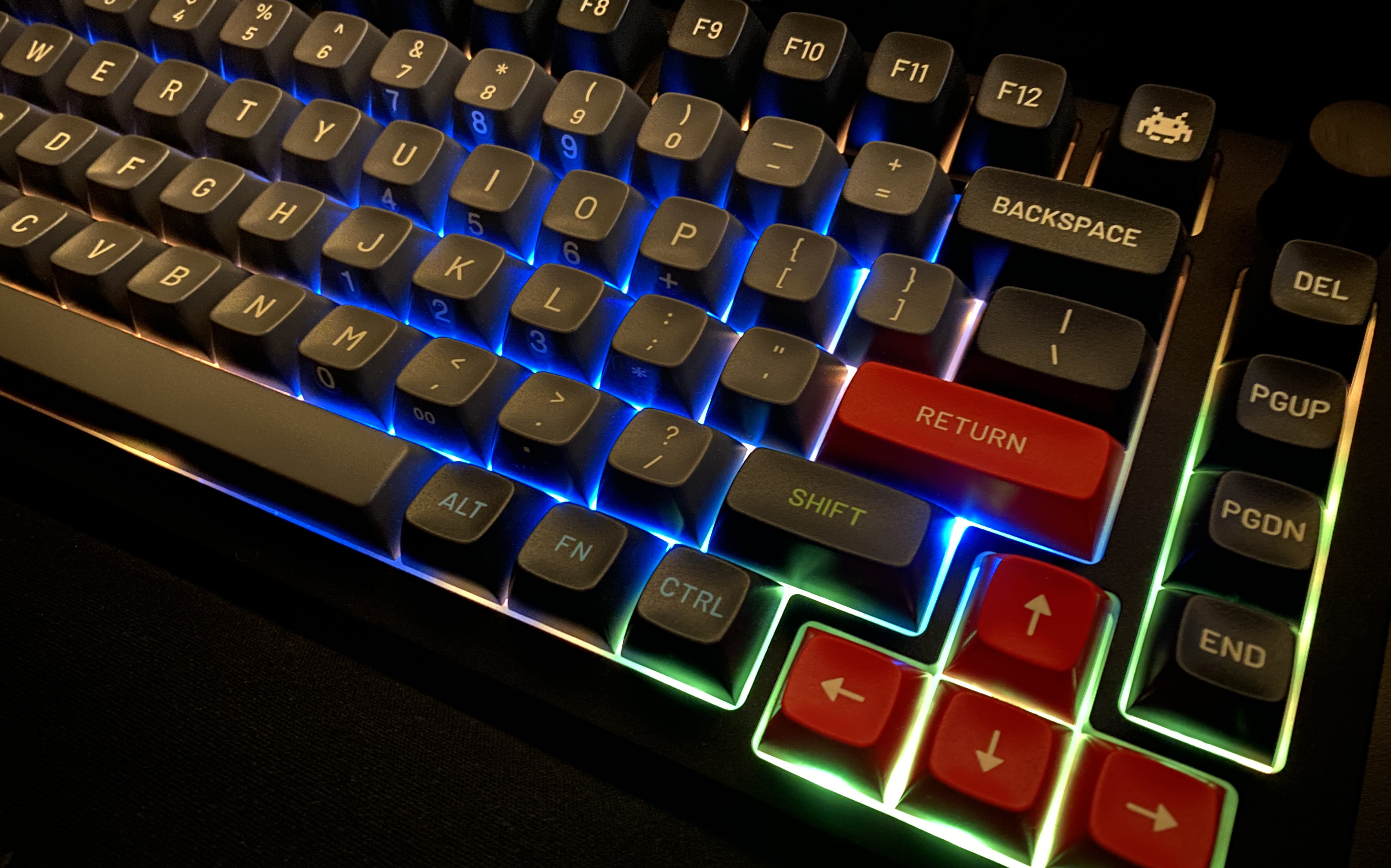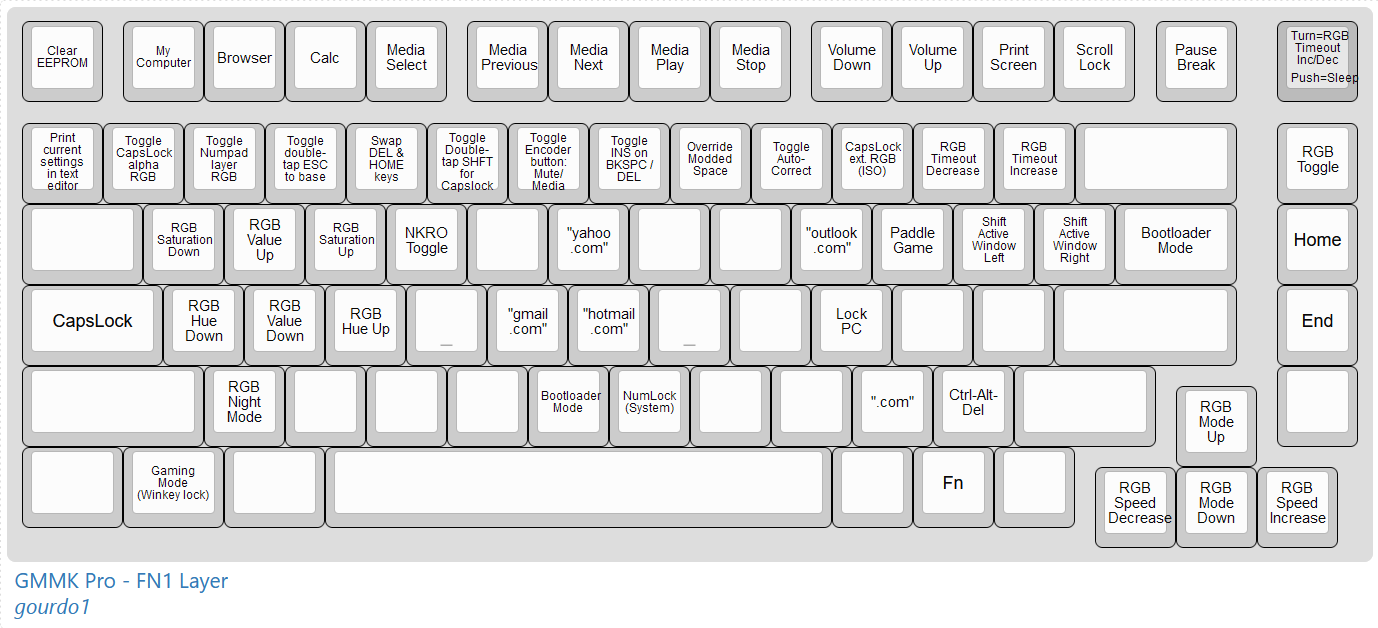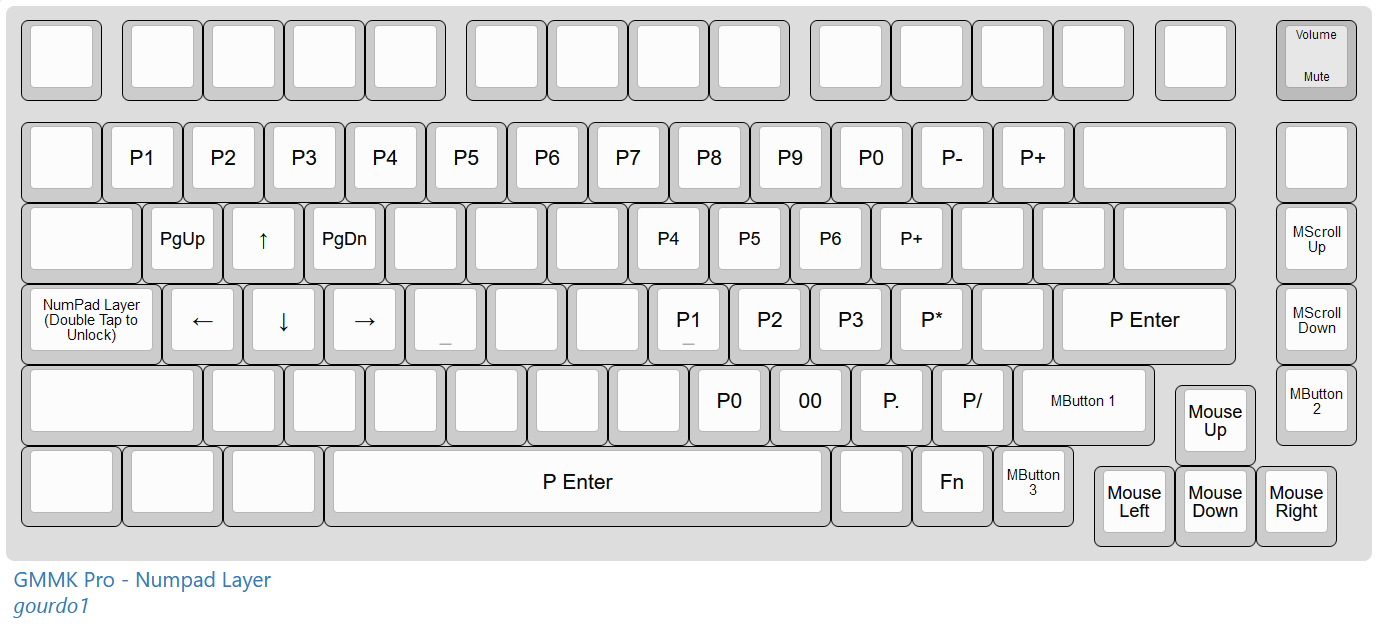* Add ARRAY_SIZE and CEILING utility macros * Apply a coccinelle patch to use ARRAY_SIZE * fix up some straggling items * Fix 'make test:secure' * Enhance ARRAY_SIZE macro to reject acting on pointers The previous definition would not produce a diagnostic for ``` int *p; size_t num_elem = ARRAY_SIZE(p) ``` but the new one will. * explicitly get definition of ARRAY_SIZE * Convert to ARRAY_SIZE when const is involved The following spatch finds additional instances where the array is const and the division is by the size of the type, not the size of the first element: ``` @ rule5a using "empty.iso" @ type T; const T[] E; @@ - (sizeof(E)/sizeof(T)) + ARRAY_SIZE(E) @ rule6a using "empty.iso" @ type T; const T[] E; @@ - sizeof(E)/sizeof(T) + ARRAY_SIZE(E) ``` * New instances of ARRAY_SIZE added since initial spatch run * Use `ARRAY_SIZE` in docs (found by grep) * Manually use ARRAY_SIZE hs_set is expected to be the same size as uint16_t, though it's made of two 8-bit integers * Just like char, sizeof(uint8_t) is guaranteed to be 1 This is at least true on any plausible system where qmk is actually used. Per my understanding it's universally true, assuming that uint8_t exists: https://stackoverflow.com/questions/48655310/can-i-assume-that-sizeofuint8-t-1 * Run qmk-format on core C files touched in this branch Co-authored-by: Stefan Kerkmann <karlk90@pm.me> |
||
|---|---|---|
| .. | ||
| config.h | ||
| keymap.c | ||
| paddlegame.h | ||
| readme.md | ||
| rgb_matrix_map.h | ||
| rules.mk | ||
gourdo1's GMMK Pro Keyboard Layouts
These Windows-centric layouts are based on Jonavin's GMMK Pro layout with many additions, fixes, a revamped keymap, persistent user customizations, updated layers, Pascal Getreuer's autocorrect, Tomas Guinan's paddle game and expanded RGB controls and effects.
- Up-to-date Changelog
- Latest ANSI firmware download. (Flash with QMK Toolbox)
- Latest ISO firmware download. (Flash with QMK Toolbox)
- Printable Keyboard Cheatsheet
Features
Core Functionality
- Support for both ANSI and ISO keyboard layouts.
- Quick & Easy Customization: Open a text editor and hit [FN]` (tilde on ANSI; the key left of '1' on ISO layouts) to view toggle-able settings.
- VIA support enabled.
- AutoCorrection: Pascal Getreuer's AutoCorrect code incorporated with 400 word dictionary on words > 4 characters.
- Most default Glorious shortcuts enabled
- N-key Rollover (NKRO) -- toggled with [FN]R
- 1000Hz polling rate with 5ms debounce time for quick response in games.
- Mouse Keys! Don't want to move your hands off the keyboard or you didn't bring it with you? Use cursor keys to move the mouse.
- Overlay numpad on 789-UIOP-JKL;-M,. & Space-bar mapped to Enter key for rapid number entry.
- Gaming mode ([FN]Win-key) locks out Win-key and double-tap Shift Capslock; Also RGB highlights WSAD and nearby gaming keys.
- Caps Word enabled: To capitalize the next word only, press and release left and right shift at the same time.
- Multi-monitor app moving shortcuts: [FN] ],[ (square brackets) to move current app window to next monitor.
- Capslock toggled by double tap of Left Shift key or FN + Capslock (RGB green highlighted).
- Paddle game accessible via [FN]P. Hit [FN]P again or double tap [ESC] to exit.
- Single-handed shortcut for Ctrl-Alt-Delete: [FN]/
- Single-handed shortcut for WinKey-L (lock Windows): [FN]L
- Domain shortcuts: [FN]. for .com, [FN]O for outlook.com, [FN]Y for yahoo.com, [FN]H for hotmail.com, [FN]G for gmail.com.
- Bootloader mode accessible via [FN]Backslash for ANSI and FN(key next to Left Shift) for ISO
- PrtScrn, Scroll Lock, Pause/Break are top right on the keyboard: [FN]F11, [FN]F12, [FN]F13
- Colemak key layout support (Accessible via Left Shift + turn Encoder clockwise until side LEDs light up purple)
- Double tap ESC any time to revert to base layer.
- RGB backlight effects expanded to include framebuffer effects and reactive keypress modes.
- RGB backlight now remembers last color & effect settings after power down.
Quick & Easy Customization
- Below features can be toggled by holding [FN] and pressing the number corresponding to that feature. Changes are saved to EEPROM for persistence.
- Print current settings by opening a text editor and pressing [FN]~ (the key left of '1' on ISO layout keyboards)
- Quick view current settings by holding [FN] and viewing RGB under number keys (green means ON, violet means OFF)
Toggle-able Settings:
1. CapsLock RGB - Highlight under alpha keys
2. Numpad RGB - Highlight under numpad layer keys
3. ESC key - Double tap ESC key to go to base layer
4. Swap DEL and HOME - Default is DEL to the right of BKSPC & HOME is above BKSPC
5. Capslock function - Toggle between double tap LShift for CapsLock with Numpad on CapsLock key (default) and standard CapsLock
6. Encoder button - Default mutes volume; alternate plays/pauses media
7. Insert function - Toggle between SHIFT-BKSPC and SHIFT-DEL
8. Modded-Space override - Use standard Space in place of modded-Space functions
9. AutoCorrect - Internal (English) AutoCorrect; default is enabled
0. (ISO layouts only) CapsLock highlights extended alpha keys
Numpad + Mouse Keys (Capslock key)
- Overlay numpad + Mouse Keys are accessed through Capslock key hold (temp) or double press (locked) with RGB highlighting
- Numpad uses Space-bar as Enter for rapid number entry.
- This layer disables much of the keyboard, except X/C/V for cut/copy/paste, WASD for cursor, Q/E for PgUp/PgDn, cursor keys become mouse keys, surrounding keys become mouse buttons and all number keys become numpad versions (so Alt char codes work regardless of which set you use)
- FN and N keys light up orange if system numlock is off (inverted status), indicating numpad keys will not deliver expected output ([FN]N to toggle)
- Double zero on comma key.
- Mouse Keys allow you to use the mouse without taking your hand off the keyboard.
- Mouse controls are: Cursor keys = move mouse; RShift = button1, End = button2, RCtrl = button3, PgUp/PgDn = Scroll wheel
- Mouse Keys can also be accessed as a standalone layer by Left Shift-turning the Encoder until the cursor keys light up green
Encoder Functionality
- Default knob turn changes volume; button press toggles mute
- Exponential encoder: quick repeated volume up doubles increase; quick repeated volume down triples decrease.
- FN + knob turn changes RGB idle timeout
- FN + knob push puts PC to Sleep
- holding Left Shift changes layers
- holding Right Shift navigates page up/down
- holding Left Ctrl navigates prev/next word
- holding Right Ctrl changes RGB hue/color
- holding Left Alt changes media prev/next track
Paddle Game
- Based on Tomas Guinan's excellent GMMK Pro paddle game
- Paddle Game playable by pressing [FN]P (P lights up green in FN layer if game is enabled in firmware, otherwise it lights up red)
- Use rotary encoder to control paddle
- Contains 12 levels, indicated by blue LED on F-key row
- Player has 4 lives, indicated by nav cluster
- Deflect white balls while avoiding red ones
- Use [FN]P, double tap ESC or otherwise change layer to quit game
Global RGB Controls
- RGB backlight lighting effect: [FN]up/down
- RGB backlight effect speed: [FN]left/right
- RGB backlight hue cycle: [FN]A/D
- RGB backlight brightness: [FN]W/S
- RGB backlight saturation: [FN]Q/E
- RGB backlight night mode toggle: [FN]Z (indicators still work)
- RGB backlight timeout: [FN]Encoder or "-" and "=" (default 15 minutes)
- F-key row indicator lights (cyan and blue) in FN layer display the current backlight timeout in minutes
- [FN]Z to turn off RGB backlighting (indicator lights still work); press again to toggle
- Left side RGB indicators in order from top: Scroll Lock (red), Numpad (blue), Capslock (green).
Advanced Controls
- [FN]\ or [FN]B to get to bootloader mode (use key next to Left Shift on ISO)
- [FN][ESC] to clear EEPROM
- [FN]R to toggle N-key Rollover
- [FN]N to toggle system numlock
- [FN]/ is single-handed shortcut to Ctrl-Alt-Delete
- [FN]L is single-handed shortcut to Win-L (lock Windows)
- [FN][Encoder press] to sleep Windows PC




